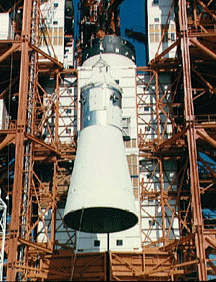Picture of Apollo 1 spacecraft
NASA
Apollo 1
The Apollo space program, scheduled for its first launch on Feb. 21, 1967, started in tragedy. On Jan. 27, 1967, astronauts Gus Grissom, Ed White, and Roger Chaffee were executing a dress rehearsal when fire was smelled in the command module.
Caused by a spark due to faulty electrical wiring, the fire spread rapidly in the oxygen rich air within the capsule. It then burned the walls of the command module, releasing toxic fumes. Meanwhile, technicians outside needed more than five minutes to open the elaborate escape hatch, too late to rescue the astronauts trapped inside. Autopsies later revealed that the astronauts had died of carbon monoxide asphyxiation.
The investigation which followed showed that poor planning and design were to blame for the Apollo 1 disaster, and further Apollo missions had to be postponed for over a year as necessary safety improvements were made. The Apollo 1 tragedy lead to a reduction in flammable materials in the command module, space suits made of fireproof materials, and the development of a rapid releasing hatch.
You might also be interested in:

A 38 year-old Mercury capsule has finally been found and recovered from the Atlantic Ocean. The Liberty Bell 7, an important piece of the Mercury Program, sank to the sea floor after successfully making
...more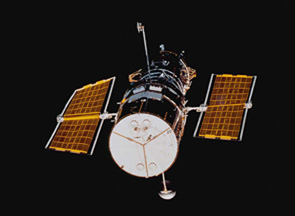
The Hubble Space Telescope (HST) was one of the most important exploration tools of the past two decades, and will continue to serve as a great resource well into the new millennium. The HST is credited
...more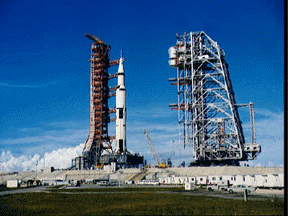
Driven by a recent surge in space research, the Apollo program hoped to add to the accomplishments of the Lunar Orbiter and Surveyor missions of the late 1960's. Apollo 11 was the first mission to succeed
...more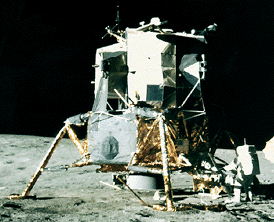
Apollo 12 survived a lightning strike during its launch on Nov. 14, 1969, and arrived at the Moon three days later. Astronauts Charles Conrad and Alan Bean descended to the surface, while Richard Gordon
...more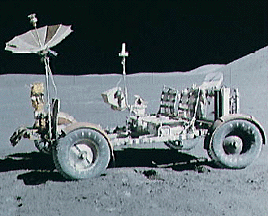
Apollo 15 marked the start of a new series of missions from the Apollo space program, each capable of exploring more lunar terrain than ever before. Launched on July 26, 1971, Apollo 15 reached the Moon
...more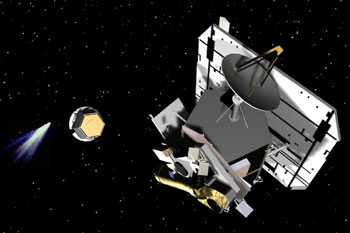
NASA chose Deep Impact to be part of a special series called the Discovery Program on July 7, 1999. In May 2001, Deep Impact was given the "go" from NASA to start with mission development. Deep Impact
...more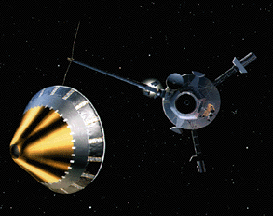
The Galileo spacecraft was launched on October 19, 1989. Galileo had two parts: an orbiter and a descent probe that parachuted into Jupiter's atmosphere. Galileo's primary mission was to explore the Jovian
...more
